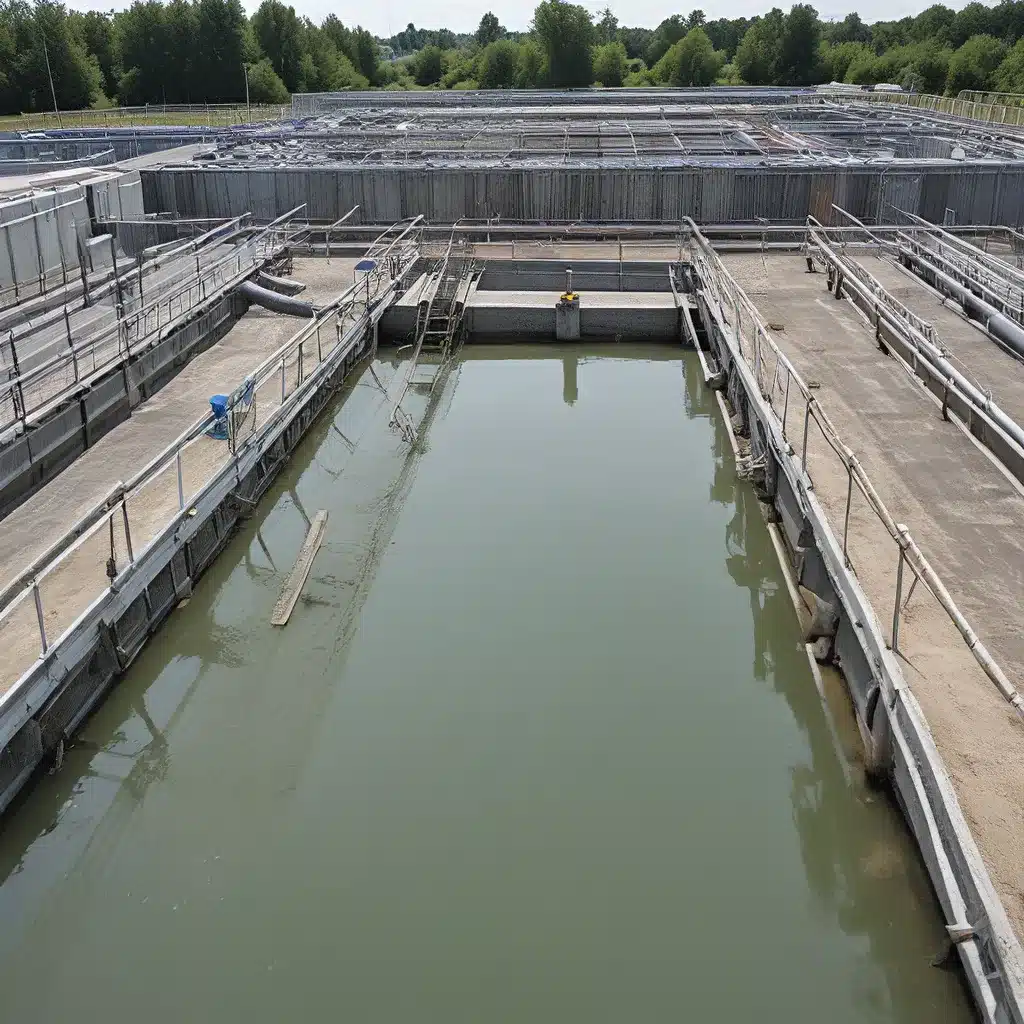
Navigating the Murky Waters of Regulatory Compliance
As an environmental enthusiast and self-proclaimed water treatment geek, I’ve spent countless hours diving into the complex world of environmental regulations. Let me tell you, it’s not always smooth sailing – it’s more like navigating a river full of submerged obstacles and turbulent currents. But fear not, my fellow water treatment warriors, because I’m here to share some insights that just might help you streamline your journey through the regulatory maze.
Stormwater Management: A Silver Lining in the Cloud
One of the biggest regulatory challenges facing the water treatment industry is the management of stormwater. You know, that pesky runoff that gathers all sorts of contaminants and nutrients as it flows across our impervious surfaces, like pavement and buildings? Well, Ontario is making some waves with a proposal to simplify the approval process for certain stormwater management works.
The key idea is to allow for self-registration on the Environmental Activity and Sector Registry (EASR) for eligible stormwater management activities. This means that instead of waiting up to a year for an Environmental Compliance Approval (ECA), businesses can get the green light to move forward immediately after self-registering. According to the Ontario government, this change will reduce regulatory burden while still maintaining environmental protections through strict design, operation, and maintenance requirements.
Navigating the Drinking Water Threat Conundrum
But wait, there’s more! The proposed EASR regulation also addresses the tricky issue of managing stormwater management works that are identified as significant drinking water threats. The good news is that the ministry has determined these risks can be addressed through the new EASR rules. Proponents will be required to consider additional design measures and potentially a monitoring plan if their activities are deemed a significant threat to drinking water sources.
Exemptions and Exclusions: A Regulatory Tightrope
Another interesting aspect of this proposal is the expansion of exemptions for certain low-impact development (LID) works and drainage projects for roadways and railways. These activities, which typically pose little to no environmental risk, will now be exempt from the need for an ECA.
But here’s the catch: The ministry will maintain the authority to inspect these exempt stormwater management works to ensure they’re in compliance with all legislative and regulatory requirements. So, while the approval process may be streamlined, the expectation for environmental protection remains unwavering.
Streamlining Source Protection Plan Updates
As if navigating the stormwater management and drinking water threat requirements wasn’t complex enough, the proposal also includes amendments to the Clean Water Act regulations. The goal? To reduce duplicative requirements by allowing for changes to source protection plans without the need for the existing, time-consuming amendment processes.
In other words, if a significant drinking water threat is now being managed through the new EASR registration process instead of a prescribed instrument, the corresponding policies in the source protection plan can be removed more efficiently. This harmonization of regulatory frameworks is music to the ears of water treatment professionals who are tired of the bureaucratic dance.
The Regulatory Ripple Effect
Now, I know what you’re thinking: “Great, but what does all this mean for my business?” Well, my friend, the proposed changes are expected to have a positive ripple effect throughout the water treatment industry and beyond.
For starters, the removal of the ECA requirement for eligible stormwater management works means businesses can start their operations and infrastructure projects faster. This is a game-changer for housing and development projects, as well as for the community as a whole.
Additionally, the reduced regulatory burden translates to lower time, cost, and resource requirements for businesses seeking environmental permissions from the ministry. That’s like a weight lifted off your shoulders, allowing you to focus more on providing top-notch water treatment services.
And let’s not forget the environmental benefits. By streamlining the approval process for stormwater management, the ministry is empowering businesses to take proactive steps in protecting our precious water resources. It’s a win-win for the industry and the planet.
A Future of Fluid Compliance
As I look ahead, I can’t help but feel cautiously optimistic about the future of environmental compliance in the water treatment industry. Sure, there will always be challenges and shifting regulations to navigate, but these proposed changes in Ontario demonstrate a commitment to fostering a more efficient and supportive regulatory landscape.
Inland Waters Inc., our trusted partner in the water treatment industry, is keeping a close eye on these developments. They’re eager to work with businesses like yours to navigate the evolving regulatory landscape and ensure your operations remain in full compliance.
So, my fellow water treatment enthusiasts, let’s raise a glass (of pure, responsibly treated water, of course) to a future where environmental compliance is less like a treacherous whitewater rapid and more like a serene, meandering stream. With the right strategies and a little regulatory tailwind, we can navigate these waters with confidence and ease.


